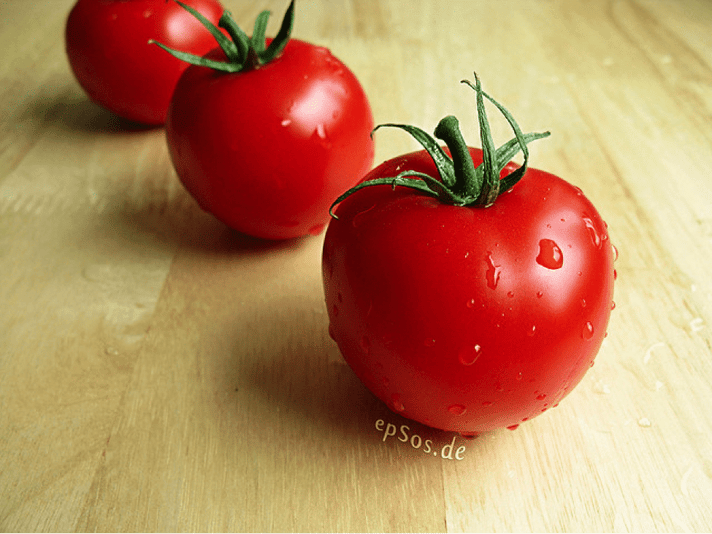 image credit: epSos.de via flickr cc
image credit: epSos.de via flickr cc
The most recent wave of consumer packaged goods (CPG) customers are in hot pursuit of budget-friendly health foods. They prefer fresh ingredients, whole grains, and a dash of convenience -- all at a price that doesn’t break the bank. Per Brad Hanna of CPG Marketing Trends, the “healthy, not wealthy” movement is dominated largely by millennials.
While consumers born after 1980 are most likely to be interested in sustainability and health, they’re not the only ones. TheWeek writes that Americans of all ages are “questioning what they’re putting in their bodies.” Brands of all sizes are rising to meet the challenge of consumers who want to follow a vegan or paleo diet, or at a minimum, eat “clean” food with a minimum number of ingredients. Cheerios is going gluten-free. General Mills’ cereal will soon be made without artificial colors or flavoring. Diet Pepsi and Diet Rockstar energy drinks no longer contain aspartame.
Health Food isn’t Just a Millennial Marketing Tactic
There’s no question that millennials shop and interact with brands differently than other generations, but they’re not the only ones who have reached a tipping point in shopping habits. Dr. Marion Nestle, a NYU professor of food studies, believes the movement towards “healthier and more environmentally friendly eating” is growing stronger by the day. Health foods are no longer reserved for the wealthiest Americans, who may have personal Chefs or access to specialty grocery stores. More and more supermarket chains are introducing or expanding their organic and natural foods sections.
For CPG brands, introducing minimally-processed products at competitive price points is certainly a wise tactic to connect with health-conscious consumers of all ages. For other companies with existing health offerings, rebranding could be a smart way to improve shelf placement and expand your customer base. Join us as we review a few common packaging design tactics employed by the sharpest brands who target budget-conscious, healthy consumers.
-
Use Literal Transparency
If your food product “looks healthy,” it may be wisest and most economical to allow your product to do the talking. By using transparent or partially-transparent product packaging, consumers can gain a glimpse of what they’re about to consume.
This CPG packaging tactic is employed by KIND, the maker of healthy bars and granola products. In their case, consumers are able to look in and see intact nuts, dried fruit, and other good-for-you ingredients.
-
Clean Labeling
By using minimalist CPG packaging, you can allow first-time product viewers to form a strong mental association between minimal packaging and ingredients. In many cases, a simply-designed label or packaging just “looks” healthier.
Pop Chips is one brand who uses extremely simple chip bags to communicate they’re a healthier choice. With solid colors, bold font, and a simple health statement like “never baked, never fried,” the bag definitely stands out among chips.
-
Tell Your Journey
Are your ingredients ethically-sourced? Are you made in small batches? While it’s not the easiest CPG packaging tactic, consider using your label design to tell your story.
Annie’s Macaroni & Cheese does an excellent job of creating an emotional connection with customers. Many of the boxes tell the actual story of the brand’s humble origins. Their Macaroni mix made with grass-fed cheese even displays a pastoral image of cows grazing as the labeling backdrop.
-
Put the Ingredients on the Front
Some of the boldest health-conscious products don’t hide their ingredients list under the nutritional facts. They display it boldly on the front of the packaging.
Blueprint’s juices are an affordable line of cold-pressed juices whose ingredients list is the most prominent part of the packaging. It’s displayed front-and-center. While you don’t have to go quite so bold, consider advertising that your health foods are “made with real honey” or “contain no preservatives.”
-
Promote “Benefits”
Cheerios can lower your cholesterol. Planter’s peanuts are “heart healthy.” Kellogg’s Cocoa krispies now “support your child’s immunity.” Increasingly, healthy packaged foods are choosing to use their label as an opportunity to educate consumers about the potential impact of their ingredients.
For well-established brands hoping to tap into a health-conscious market, promoting your food’s benefits can be a way to catch consumers’ eyes in the grocery store.
Modern customers of all ages want foods that support a healthy lifestyle at a price they can afford. If your foods offer health benefits or a minimal ecological footprint, your packaging should reflect these facts. While “healthy, not wealthy” is considered a key CPG trend for 2016, it’s likely a trend that is here to stay.



-min-1.png)

.webp)


